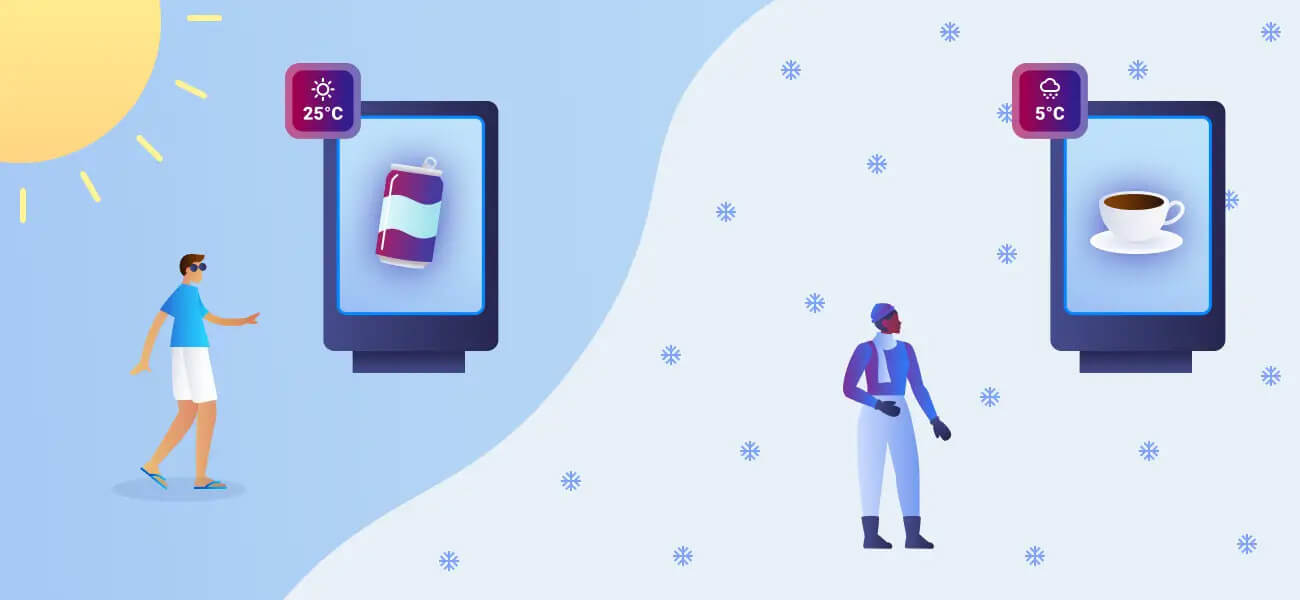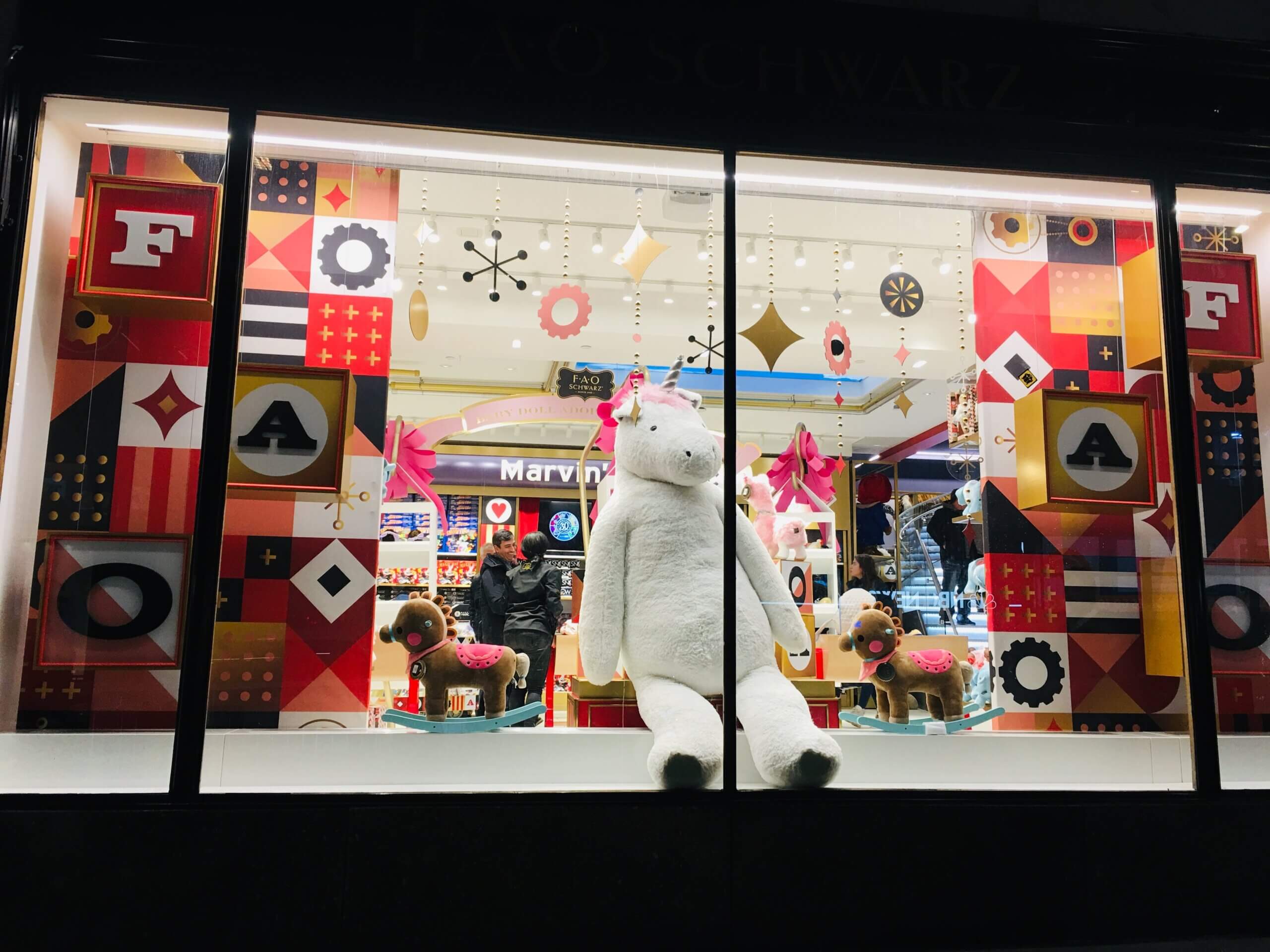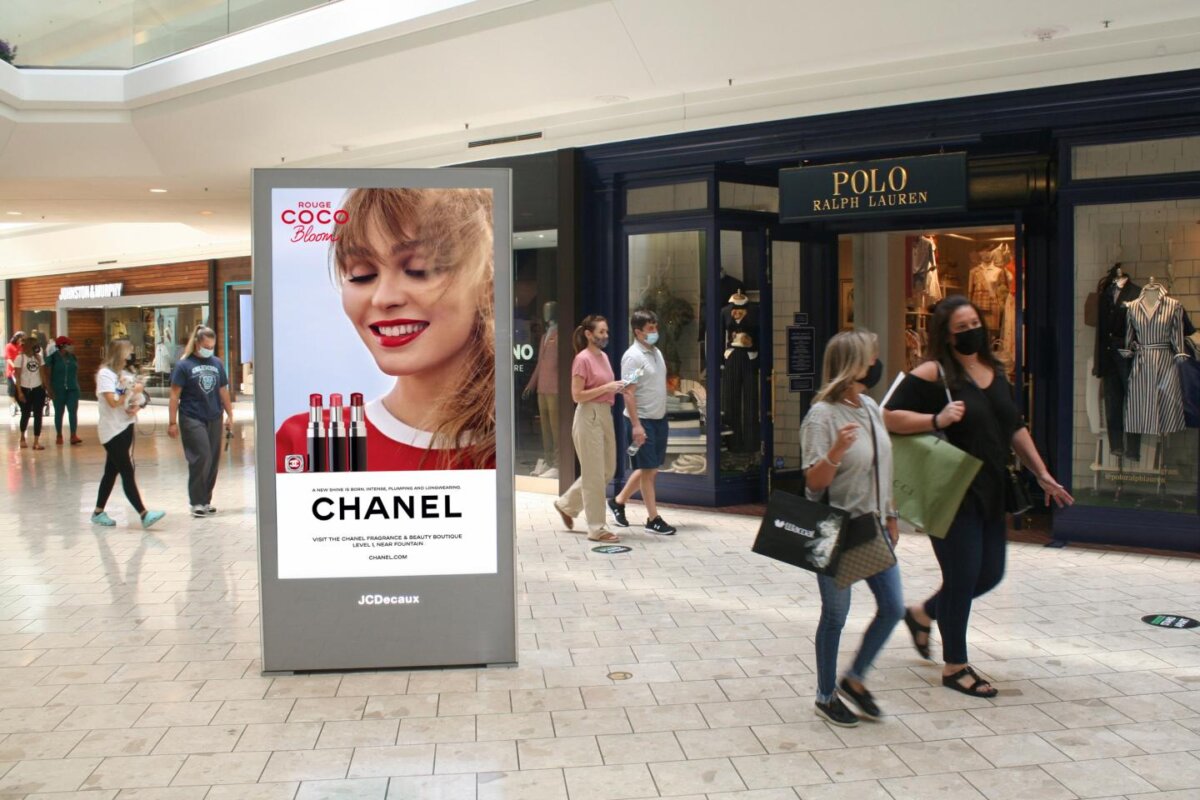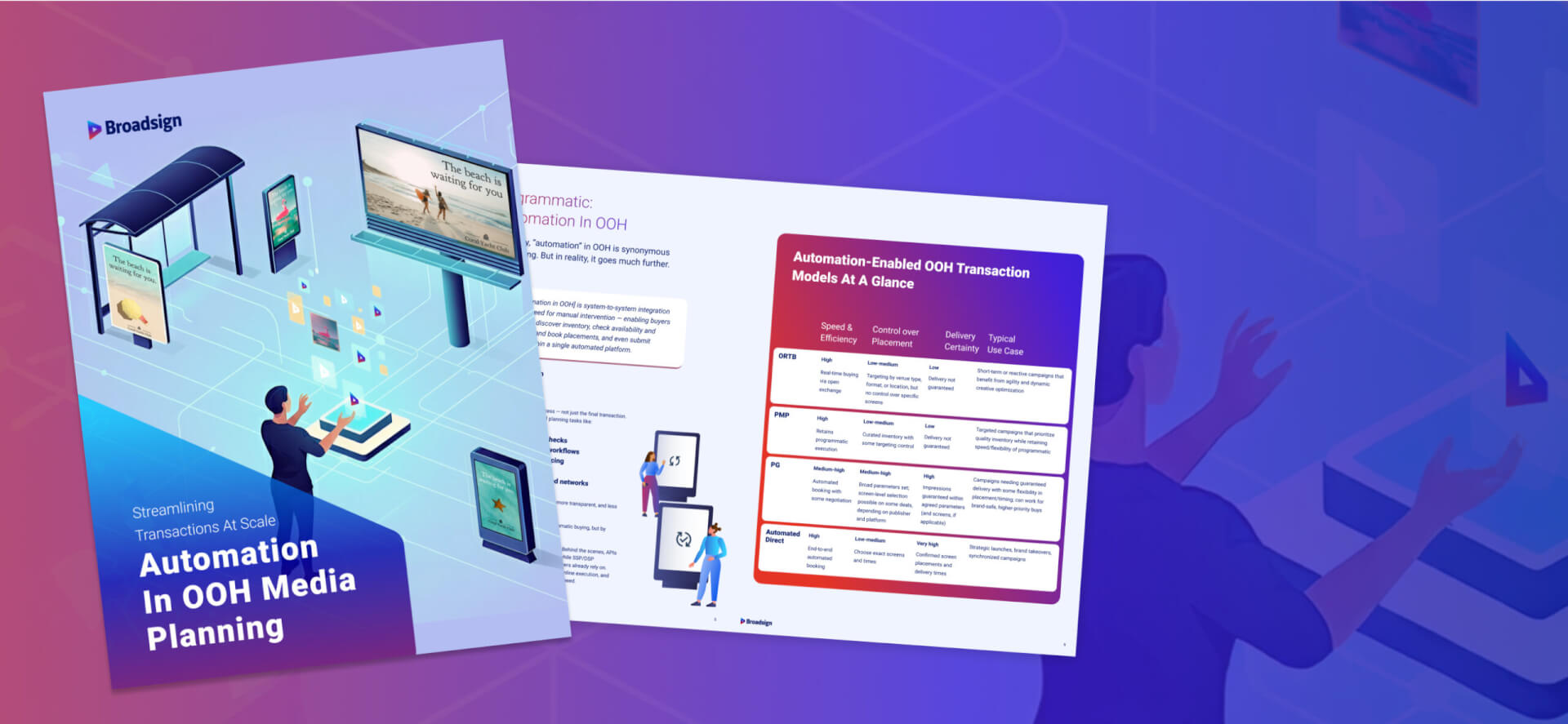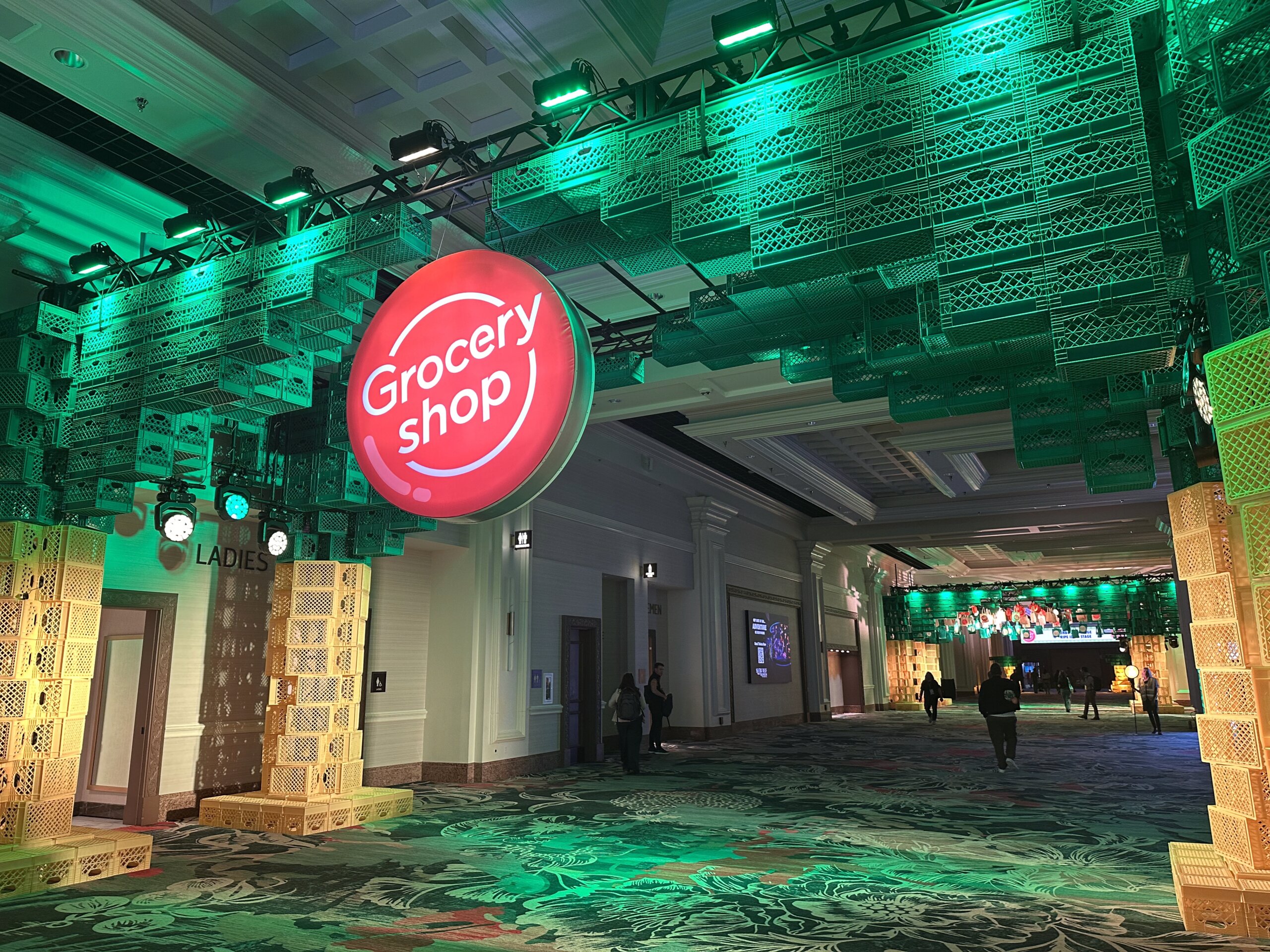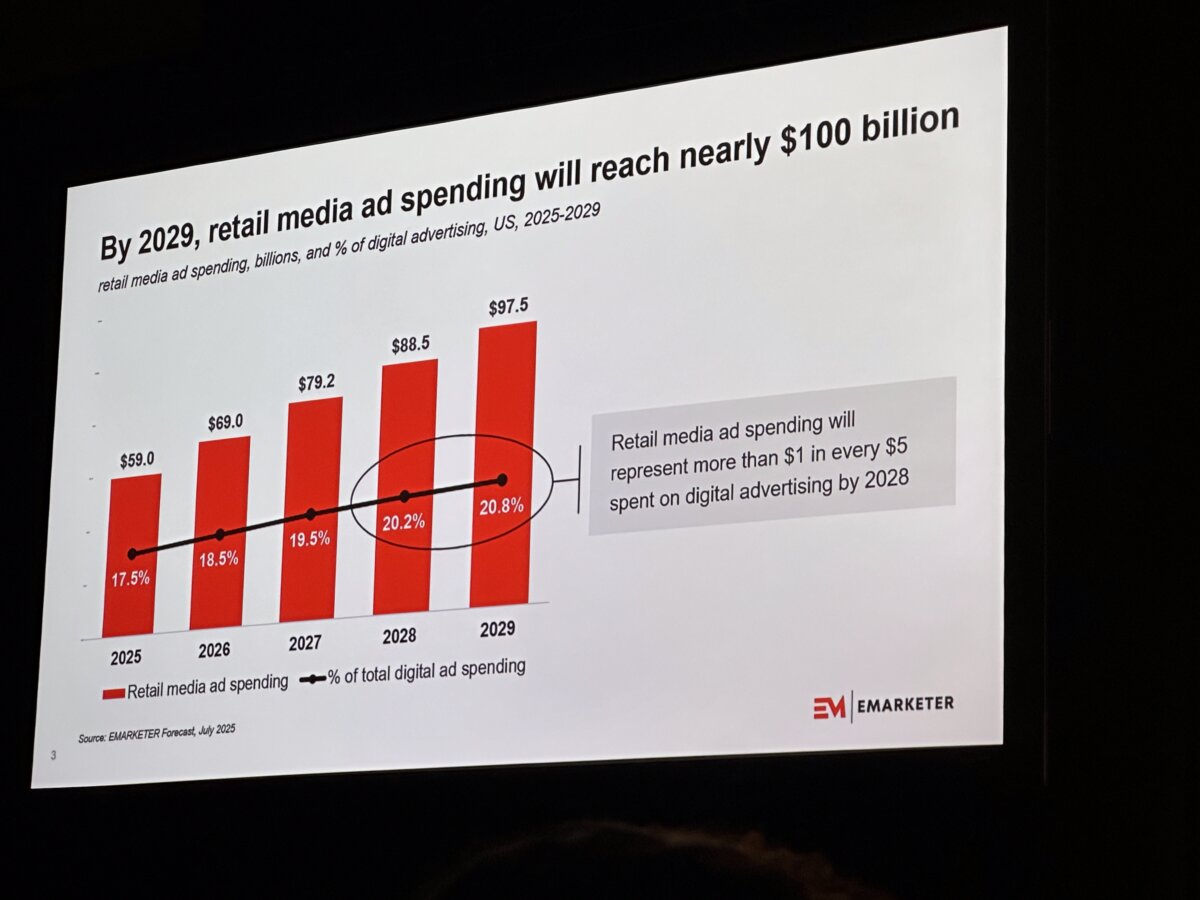| October 11, 2021
Secure new advertising dollars by enabling dynamic campaigns on your network with Broadsign
Did you know that people are exposed to nearly 10,000 brand messages in a single day? This results in audiences that are harder to engage with, forcing brands and agencies to search for new mediums that can help them cut through the noise to reach their target audience.
One particular creative medium that can deliver targeted and ultimately more engaging campaigns is dynamic content, also known as Dynamic Creative Optimization (DCO). DCO is dynamically enabled digital media that can adapt to environmental and contextual triggers, like changing weather conditions, breaking news, sports scores, and so on. When paired with DOOH, it becomes a powerful tool that can deliver the right creative to the right audience at the right place, in real-time.
The more relevant the content, the more likely a sales conversion
So why is dynamic content so effective? It’s relevant. It allows brands to highlight products and services that address their target audience’s needs based on what they’re experiencing in the moment. The ad is no longer a sales pitch but rather a conversation, making it personal and relevant for the audience. But don’t just take our word for it. JCDecaux UK, Clear Channel and Posterscope’s “Moments of Truths” study showed an increase of over 16% in sales when applying a dynamic OOH campaign versus a controlled environment with no OOH.
Despite the effectiveness of dynamic content, we don’t see as much of it as we should in OOH campaigns. From a media owner standpoint, many of them already have the infrastructure to support dynamic creatives, and yet it is not widely promoted to their customers. To understand why, we had a conversation with our in-house dynamic content expert and EMEA Account Director, Savvas Tombouloglou, on why that is.
Dynamic campaigns are not complicated, nor are they expensive
The two biggest misconceptions of dynamic content are that it is complicated and expensive for media owners to deploy. While this was true in the past, this is not necessarily the case today.
Here’s Savvas on why dynamic content is often perceived as complicated and expensive:
You don’t need additional equipment or teams for dynamic campaigns, just a robust CMS
Many publishers already have the necessary teams and equipment to support dynamic content. The most important thing is to have a robust content management system (CMS), and Savvas explains why:
A dynamic campaign doesn’t need to be elaborate, just relevant
A dynamic campaign doesn’t need to be elaborate for it to cut through the noise and catch your customer’s target audience. You just need to be able to deliver contextually relevant content. The most crucial piece to setting up a dynamic campaign is data, and as a media owner, you already have 2 data sets that are readily available to you: time and location.
To show you how easy it is to set up a dynamic campaign with Broadsign, below are a few examples of how our customers built simple yet effective dynamic campaigns for their customers.
An alcohol brand proved that you can enjoy a drink no matter the outcome of a game
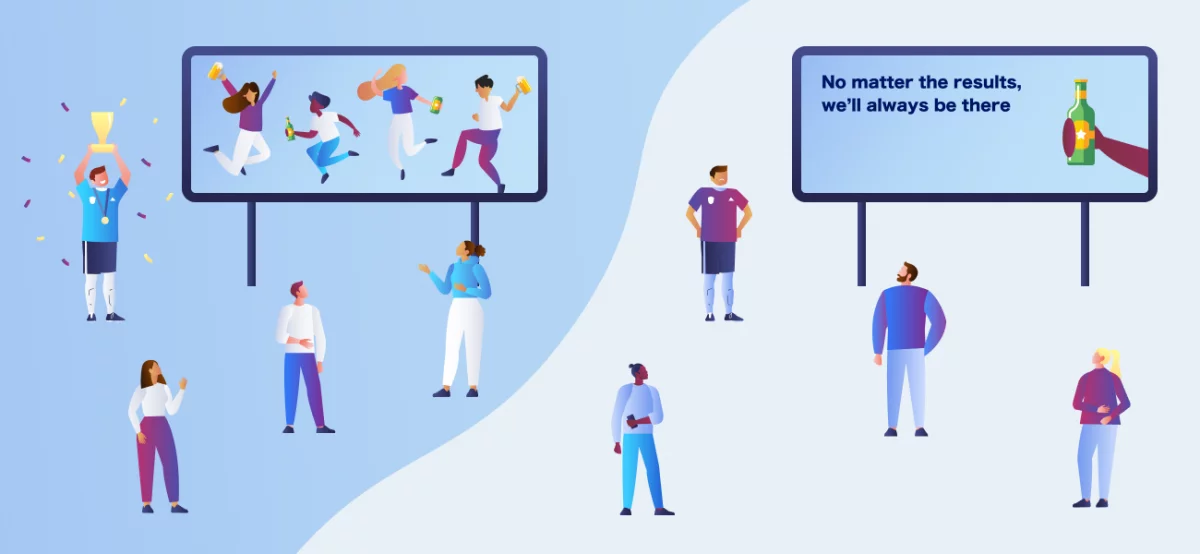
An alcohol brand in Europe prepared itself to both celebrate and console fans of a sporting event. Triggered by the match results, the winning team’s hometown was served with the celebratory version of the ad. Conversely, the losing team was presented with the consolation ad.
A taxi became a local tour guide of things to do in every neighborhood
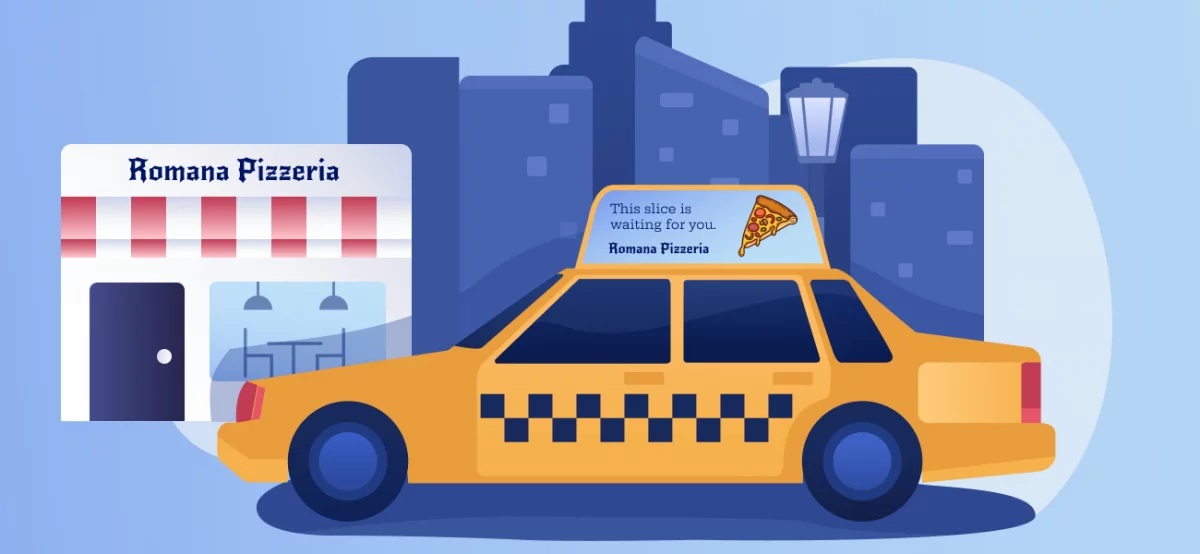
A taxi network in the United States was able to offer media buyers the ability to play different ads depending on the location of the taxi. By leveraging GPS data which fed directly into our content & network management system, the ads would promote retailers and restaurants that were in the neighborhood that the taxi was driving by.
An EV charging station was able to tailor their ads to the driver‘s purchasing habits
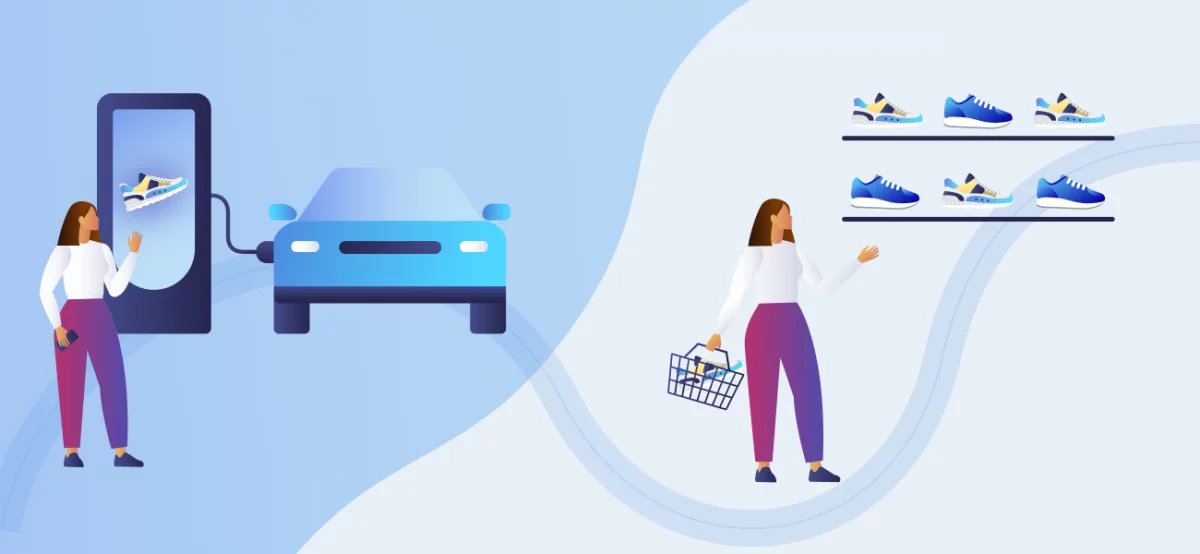
An electric vehicle (EV) charging network leveraged their stations’ ability to detect the make and model of the car plugged in. This allowed them to show ads that matched the car owner’s purchasing tendencies. If a premium electric car was charging, then ads from luxury brands were displayed.
While we still have some work to do until dynamic creatives become standard offerings in OOH campaigns, we’re predicting that demand for DCO will increase as advertisers seek new and innovative ways to interact with their audiences. As the media landscape continues to shift, media owners that lay the groundwork now to enable dynamic campaigns will be better positioned to win advertising dollars from existing and new customers.
Want to prepare your network to support dynamic campaigns?
Contact our team today!
